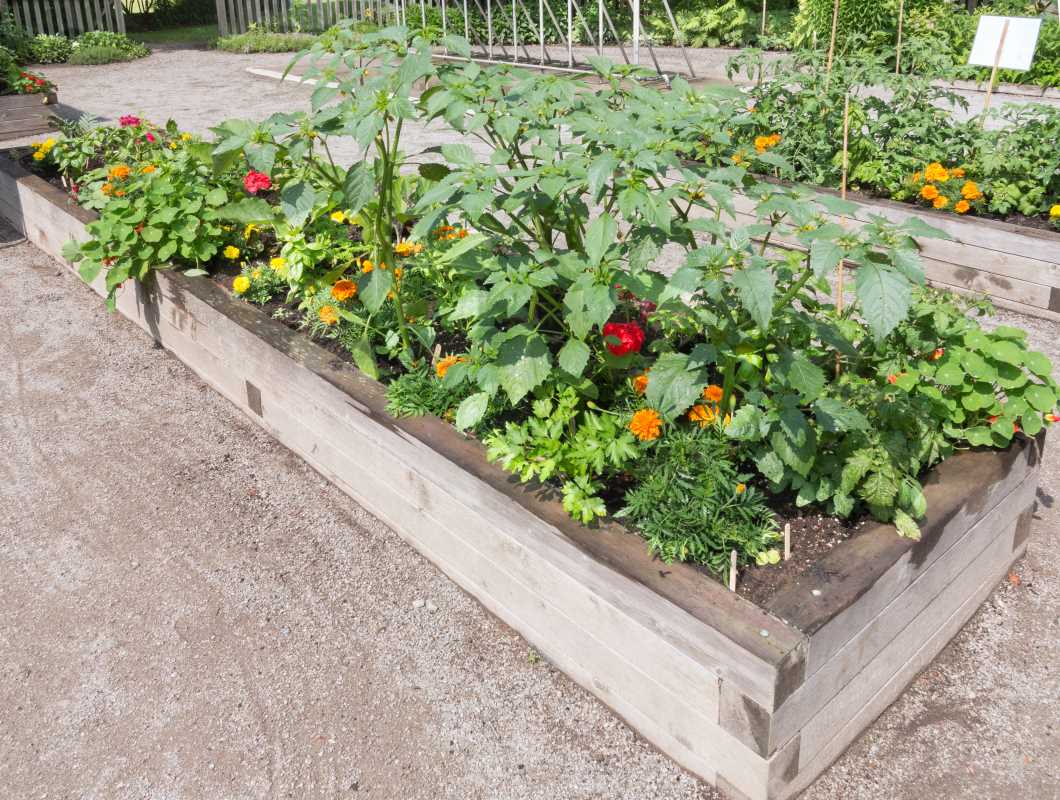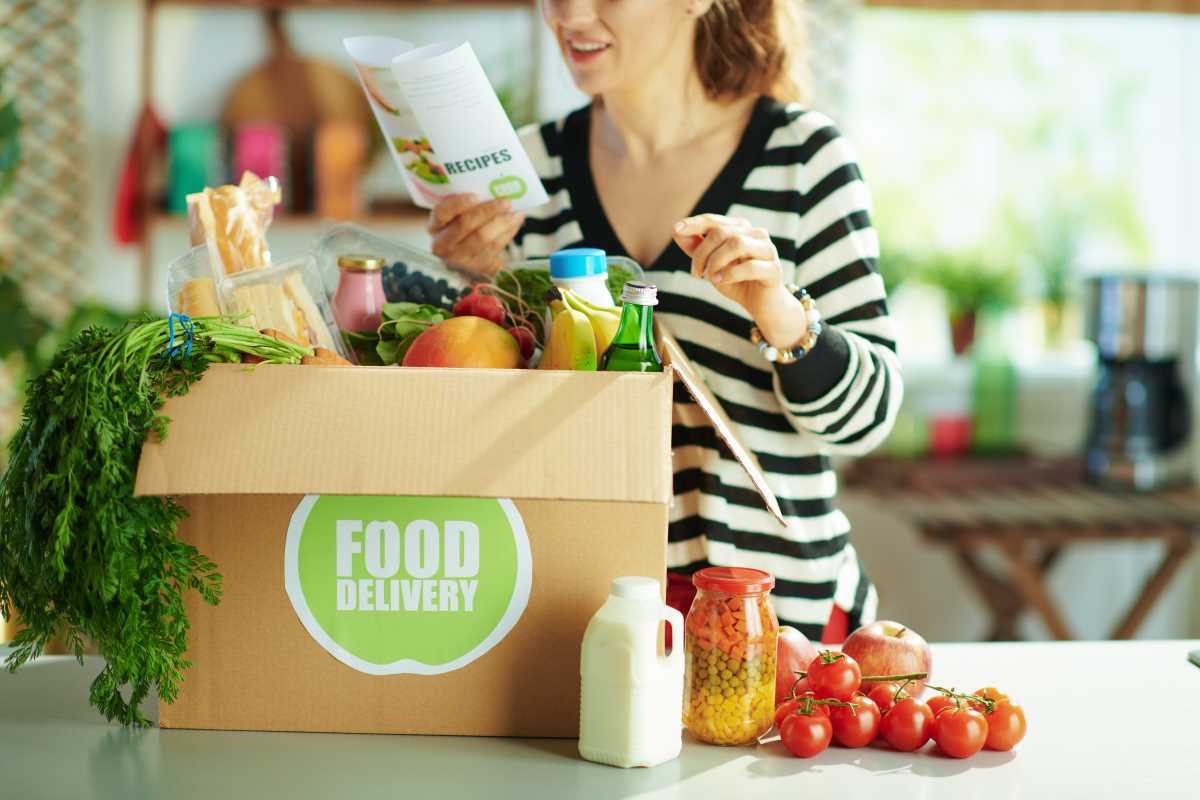Turning an abundant backyard harvest into a reliable source of income starts with recognizing the value of your surplus produce. Setting fair and competitive prices helps move your homegrown goods from a hobby to a rewarding business opportunity. Careful planning and a close look at actual costs allow you to confidently price your offerings, ensuring that your fruits and vegetables stand out at the market. By taking the time to analyze expenses and market trends, you can make informed choices that maximize the return on your efforts, making each harvest both enjoyable and financially worthwhile.
Careful attention to how items are priced attracts serious buyers and cultivates a steady flow of sales. A well-planned pricing model not only covers expenses but also reflects the passion and care behind each product.
Understanding what Your Backyard Bounty Is Worth
Before setting figures, it is key to recognize the unique qualities that make each item worth its price. Assessing the quality and cost of production helps you establish a fair rate that covers production costs and appeals to potential buyers.
Many items can be turned into appealing products. Consider the following examples:
- Fresh vegetables
- Seasonal fruits
- Handcrafted jams and pickles
- Organic herbs and spices
- Home-baked goods
Method 1: Cost-Plus Pricing
Cost-plus pricing involves calculating the cost of production and then adding a fixed percentage as profit. This method provides clear insight into margins and ensures every dollar spent is accounted for, leaving little room for guesswork.
Document all direct and indirect expenses—from seeds and feed to labor and equipment—to build a strong foundation for setting prices. Knowing your costs helps you justify prices to customers who value transparency and quality.
Method 2: Pricing Based on Competition
Pricing based on competition means setting your rates in line with, or slightly below, similar local offerings. This approach appeals to buyers who compare prices before making a decision, making research essential for success.
Follow these steps to evaluate local market conditions:
- Identify nearby vendors selling similar produce.
- Survey local markets to gather current pricing data.
- Compare quality and quantity to determine an attractive yet profitable rate.
Method 3: Bundle Deals and Packages
Bundling complementary items can create a sense of added value. By grouping products into attractive packages, you simplify the buying process and encourage larger purchases. Pairing fresh produce with homemade jams or offering variety packs can spark customer interest.
Offering a selection of bundles tailored for different needs maximizes inventory turnover. This method works especially well when products change with the seasons, keeping bundles exciting and memorable.
Method 4: Seasonal Pricing and Limited-Time Offers
Seasonal pricing uses the natural ebb and flow of supply and demand. When certain produce peaks during a season, you can adjust prices to reflect the higher market interest, then offer limited-time discounts during off-peak periods to keep sales steady.
Using well-crafted promotions can boost demand during slower periods. Many producers introduce creative methods to maximize profits by offering flash sales or special bundles that encourage trial and repeat purchases.
Method 5: Creating Value-Added Products
This approach turns raw products into premium items with special qualities. Adding simple enhancements—like organic labels, special packaging, or personalized touches—can make a product stand out in a crowded marketplace. Including additional ideas such as recipe cards or usage instructions can justify a higher price.
Spending time on the presentation of your backyard bounty not only increases its appeal but also creates a story that enhances customer satisfaction. Sharing a detailed story or offering creative use suggestions often resonates with buyers and increases the overall value.
Method 6: Loyalty and Referral Discounts
Reward loyal customers to build long-term relationships. Offering discounts for referrals or loyalty programs fosters a sense of community and trust in your quality. This method provides a steady stream of income and rewards those who support your work regularly.
Implementing smart pricing strategies can extend these benefits further. A well-designed referral discount program can also encourage word-of-mouth promotion, making transactions friendly and profitable.
Use these practical methods to develop your skills and turn your backyard produce into a successful business.
 (Image via
(Image via





